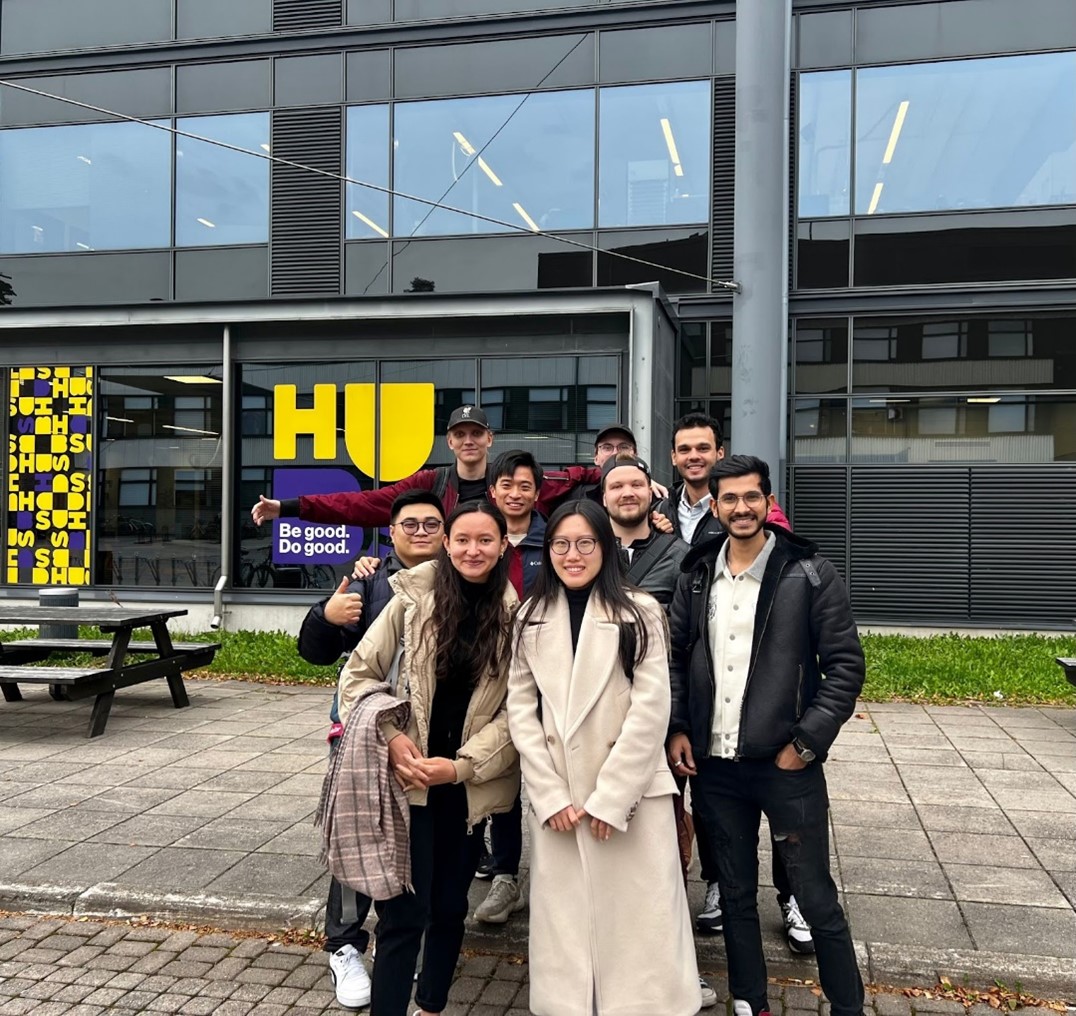In an era marked by environmental consciousness and the pressing need for sustainable solutions, educational institutions are grappling with the challenge of managing their ecological footprint with sustainable construction. Recognizing this imperative, students from Hochschule München and Tampere University of Applied Sciences (TAMK) have collaboratively developed a web-based project management solution for sustainable buildings tailored for Solidar Planungswerkstatt to unveil GreenTect—an innovative solution poised to revolutionise how we monitor and enhance sustainability in educational classroom building.

Time-consuming process and lack of collaborative workflow
The educational project building landscape grapples with three key challenges. Firstly, the task of template selection consumes valuable time, posing a hurdle to efficient project initiation. Second, the fragmentation of project information hampers seamless collaboration among team members, leading to inefficiencies and communication gaps. Third, the search for reliable sustainability criteria resembles a treasure hunt, scattered across various resources. Addressing these challenges requires a strategic solution which simplifies template selection, enhances team collaboration, and consolidates sustainability criteria for educational projects. This integrated approach aims to streamline processes, foster teamwork, and empower decision-makers in the realm of educational project management.
Bridging the Gap with GreenTect
“Solidar Planungswerkstatt has been at the forefront of sustainable construction, and GreenTect is a testament to their commitment” – Dr. Günter Löhnert, Founder of Solidar Planungswerkstatt
Enter GreenTect—an intelligent, user-friendly platform designed to cultivate sustainability in every aspect of construction projects. Navigating the complexities of educational project management, our web application introduces a transformative solution for sustainability coordinators.
- The template builder offers access to a diverse array of pre-designed templates tailored for various sustainability projects.
- Robust customization tools empower coordinators to edit templates, ensuring precise alignment with project requirements.
- Collaborative document space acts as a shared workspace, facilitating real-time contributions, reviews, and feedback from team members.
Hence, this trifecta of features creates a centralised hub for streamlining template selection, customization as well as team collaboration for a more efficient and successful journey through the complexities of sustainable educational building projects.“The collaborative effort from the team has yielded a solution with immense potential to transform how we approach sustainability in building projects. I am confident in the positive impact it will bring to the industry.” Dr. Günter Löhnert.
About the Digital Innovation Lab and the Co-Innovation Lab
This solution was designed in a joint project between the Digital Transformation Lab and the Co-Innovation Lab of Hochschule München guided by the lecturers Prof. Dr. Holger Günzel, Prof. Dr. Lars Brehm, Prof. Dr. Jessica Slamka, Hans-Jürgen Haak, Jere Käpyhao and Anne Mari Stenbacka (TAMK). The Co-Innovation Lab offers students a virtual platform for learning how to work as a consulting team by creating temporary partnerships between companies, students, and lecturers.
For more information about the Co-Innovation Lab, contact holger.guenzel@hm.edu or lars.brehm@hm.edu.
This Co-Innovation Lab project was carried out in cooperation with the Digital Transformation Lab (DT.Lab) at Munich University of Applied Sciences:
“The Digital Transformation Lab (DT.Lab) at Munich University of Applied Sciences is dedicated to the major social challenges of our time. Together with stakeholders in the private sector, students develop future-oriented solutions. We live digital transformation.”
More information about the Co-Innovation Lab and the Digital Transformation Lab (DT.Lab) at Munich University of Applied Sciences:
- Website Co-Innovation Lab: https://www.co-inno-lab.org/
- Website DT.Lab: https://hm.edu/dt-lab/ & Challenge auf der DTLab-Website
- Project results: Press Release, Working Backwards, Empathy Map, Story Board, FAQ
Authors: Project team
